Context: The Supreme Court directed the Survey of India to assess whether the proposed mega car park project in Kerala, near the Mullaperiyar dam area, encroaches upon the land specified in the Periyar Lake Lease Agreement of October 1886.
Survey of India:
Periyar Lake Lease Agreement of October 1886:
|
|---|
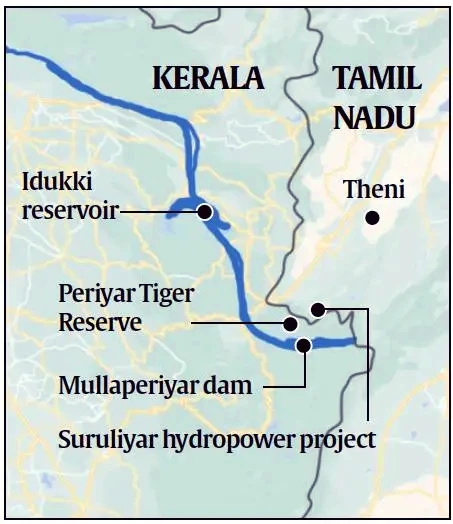
News Source: The Hindu
Context: Recently, the Delhi government notified ‘Delhi Motor Vehicle Aggregator and Delivery Service Provider Scheme 2023’.
Delhi Motor Vehicle Aggregator Scheme
Further Reading: Delhi Air Quality: Causes, Effects, and Measures for Sustainable Change
Source: The Hindu
Context: The Union Cabinet on November 29 approved the continuation of fast track courts, dedicated to the dispensation of justice in cases of sexual offenses, for a period of three years.
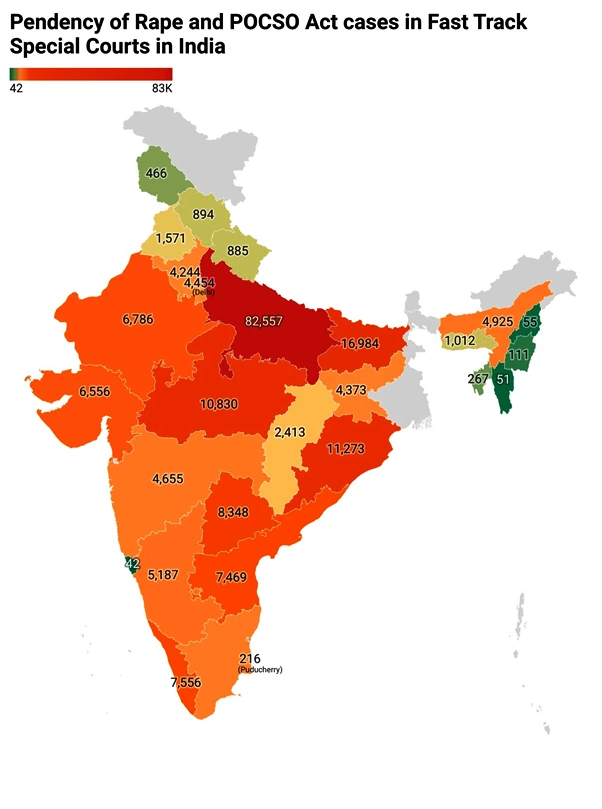
Nirbhaya Fund:
|
Source: The Hindu
Context: Central Consumer Protection Authority issues a Safety Notice under the Consumer Protection Act, 2019 alerting consumers against acids purchases on e-commerce platforms.
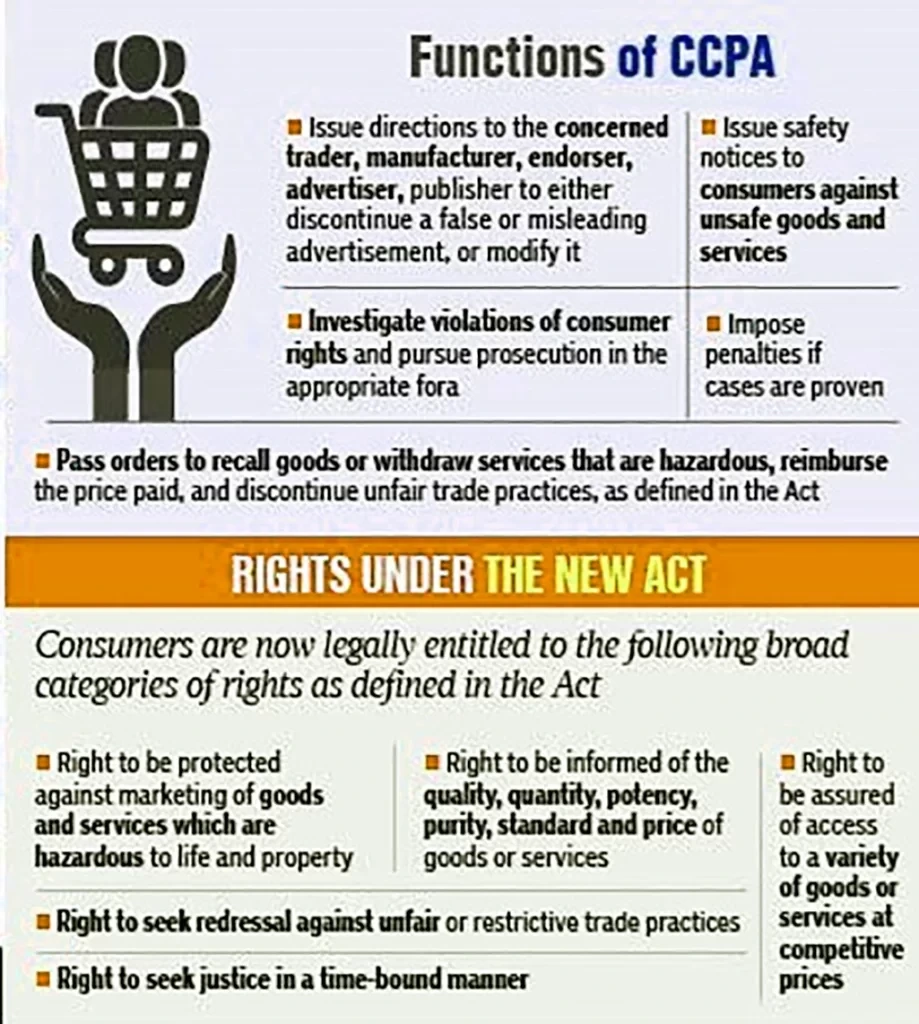
SC Directions: The Hon’ble Supreme Court of India in the case of Laxmi vs. Union of India has issued directions that must be complied with with the sale of acids and other corrosive substances.
Ministry of Home Affairs Guidelines: Measures to be taken to prevent acid attacks on people and for treatment and rehabilitation of survivors.
Context: Nepal Registers Same Sex Marriage, and became the first South Asian country to register same-sex marriage officially five Months after the Supreme Court of Nepal legalized it.
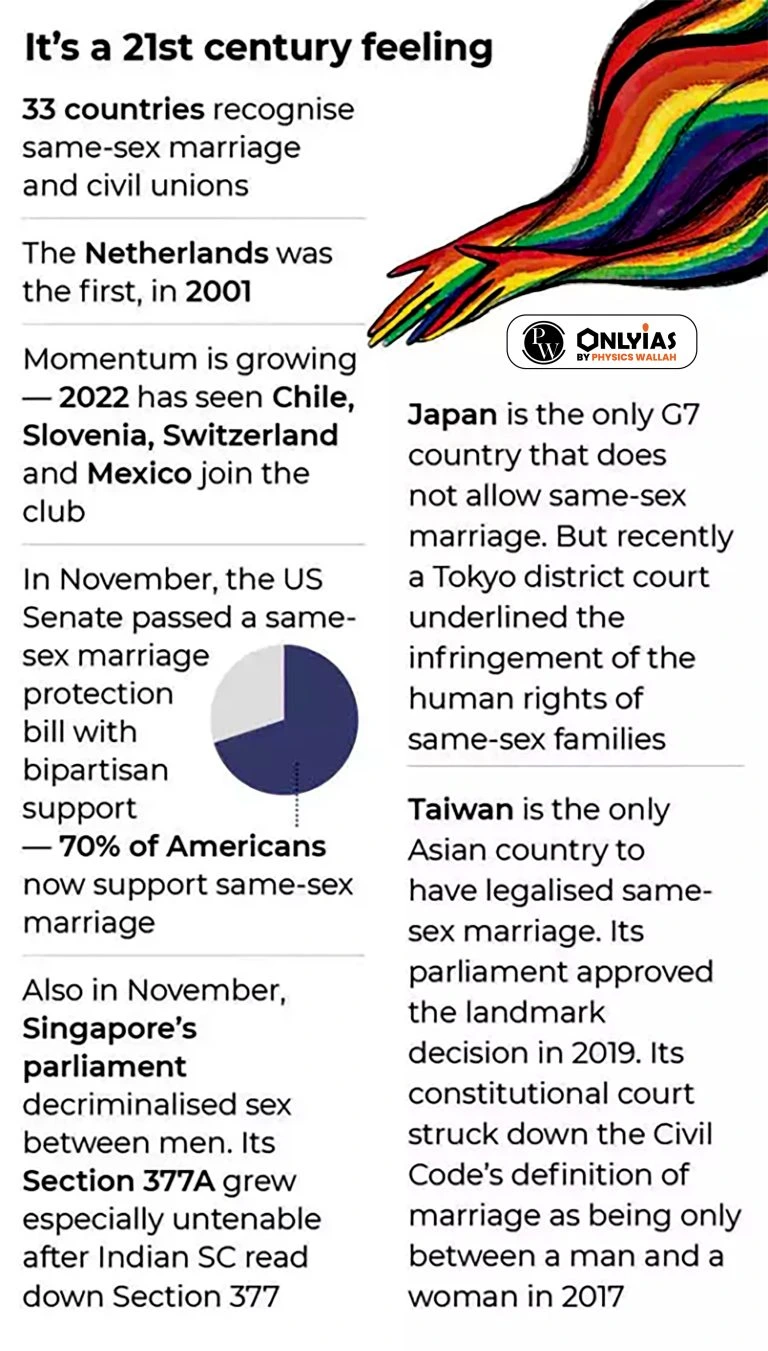 Status On Same Sex Marriage in India:
Status On Same Sex Marriage in India:
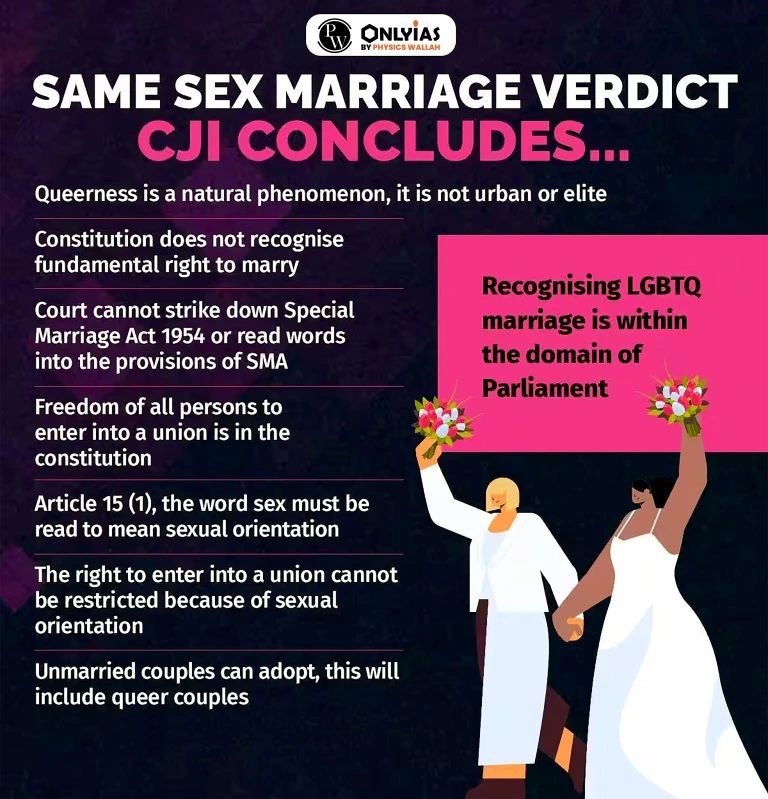
Also Read: Supreme Court Verdict on Same-Sex Marriage
Context: The Supreme Court has ruled that a person cannot be charged with criminal conspiracy under the Prevention of Money Laundering Act (PMLA) unless the conspiracy is to commit a crime specifically listed in the Schedule of the Act.
| Enforcement Directorate
The Enforcement Directorate is a multi-disciplinary organization mandated with the investigation of offenses of money laundering and violations of foreign exchange laws. The statutory functions of the Directorate include the enforcement of the following Acts:
|
About Prevention of Money Laundering Act 2002:
List of Offences
|
Source: The Hindu
Context: The Union Cabinet has approved the Central Sector Scheme for providing Drones to the Women Self Help Groups (SHGs), with an outlay of Rs. 1261 Crore for the period from 2024-25 to 2025-26.
Source: PIB
Context: Recently, the Union Home Minister announced the signing of a peace agreement with the Meitei separatist group, United National Liberation Front (UNLF), in Manipur.
Official Creditor Committee (OCC):
|
News Source: The Hindu
Context: European multinational companies facing substantial tax demands in India are urging the Supreme Court to reconsider a landmark verdict.
Background:
|
LAW OF TREATIES Introduction: Importance of the law of treaties
The Vienna Convention on the Law of Treaties, 1969
|
|---|
Vienna Convention Framework:
This framework obligates parties to comply in good faith. The argument hinges on whether notification is necessary for the MFN clause to be operational.

What are the Most Favoured Nation (MFN)?
News Source: Livemint
Context: Recently, Indian Space Research Organisation (ISRO) scientist V R Lalithambika conferred the highest civilian French honour for space cooperation initiatives.
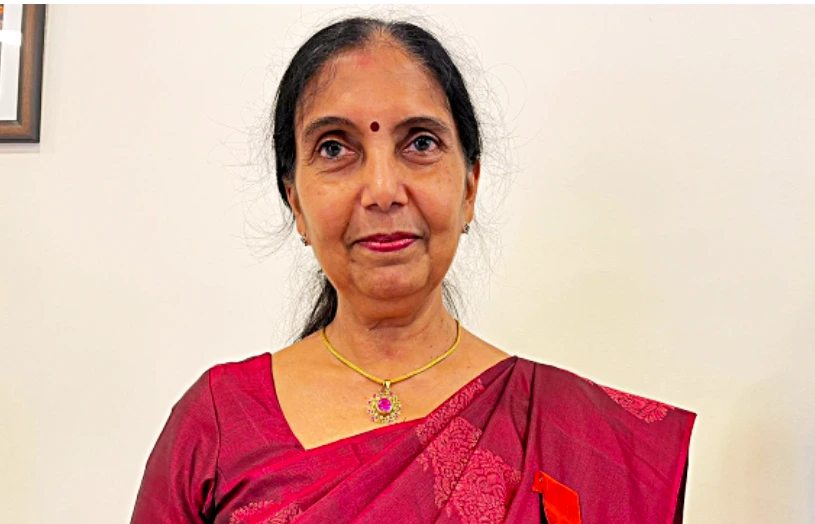
News Source: IE
Context: Government Urges Financial Institutions to register with the Citizen Financial Cyber Fraud Reporting and Management System (CFCFRMS) platform, developed by the Indian Cyber Crime Coordination Centre (I4C).
Unregistered FIs Urged to Prioritize Registration with Cyber Fraud Prevention System
Registration Status: Currently, out of 800 FIs, only 259 have registered with I4C. The remaining institutions are requested to expedite the registration process.
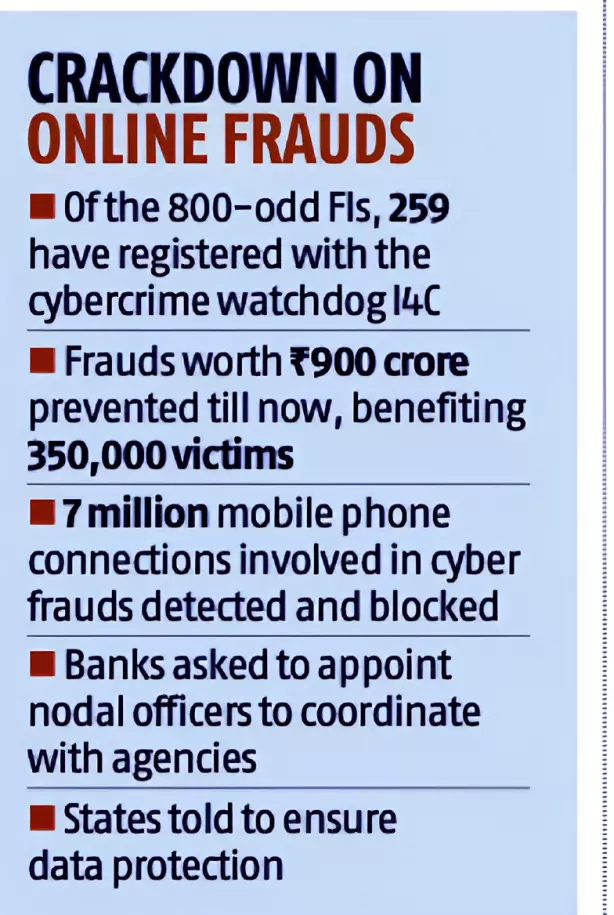
About the Indian Cyber Crime Coordination Centre (I4C):
|
About Financial Institution (FI)
|
|---|
Objectives of I4C:
| Citizen Financial Cyber Frauds Reporting and Management System has been developed for quick reporting of financial cyber frauds and monetary losses suffered due to the use of digital banking/credit/debit cards, payment intermediaries, UPI, etc. |
|---|

It has seven components:
Also Read: Cyber Security And Rising Incidence Of Cyber Crime
News Source: Business Standard
Context: Recently, the central government has approved the terms of reference for the 16th Finance Commission (FC).
News Source: PIB
Context: The United Nations Office on Drugs and Crime (UNODC) and the UN Women recently released a report Gender Related Killings Of Women And Girls (Femicide/Feminicide).
|
What is femicide?
About the United Nations Office on Drugs and Crime (UNODC):
|
|---|
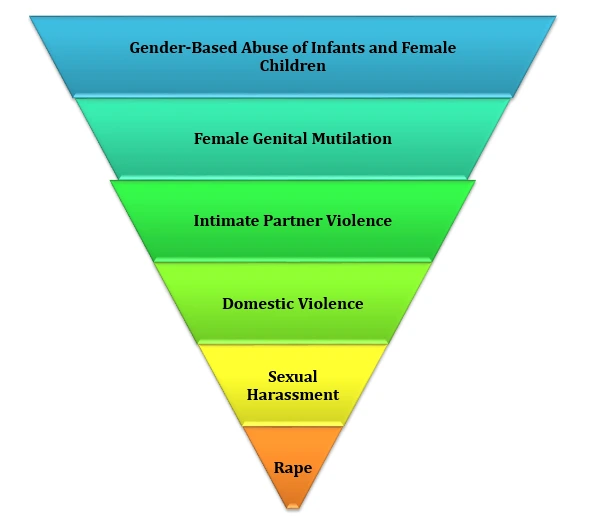
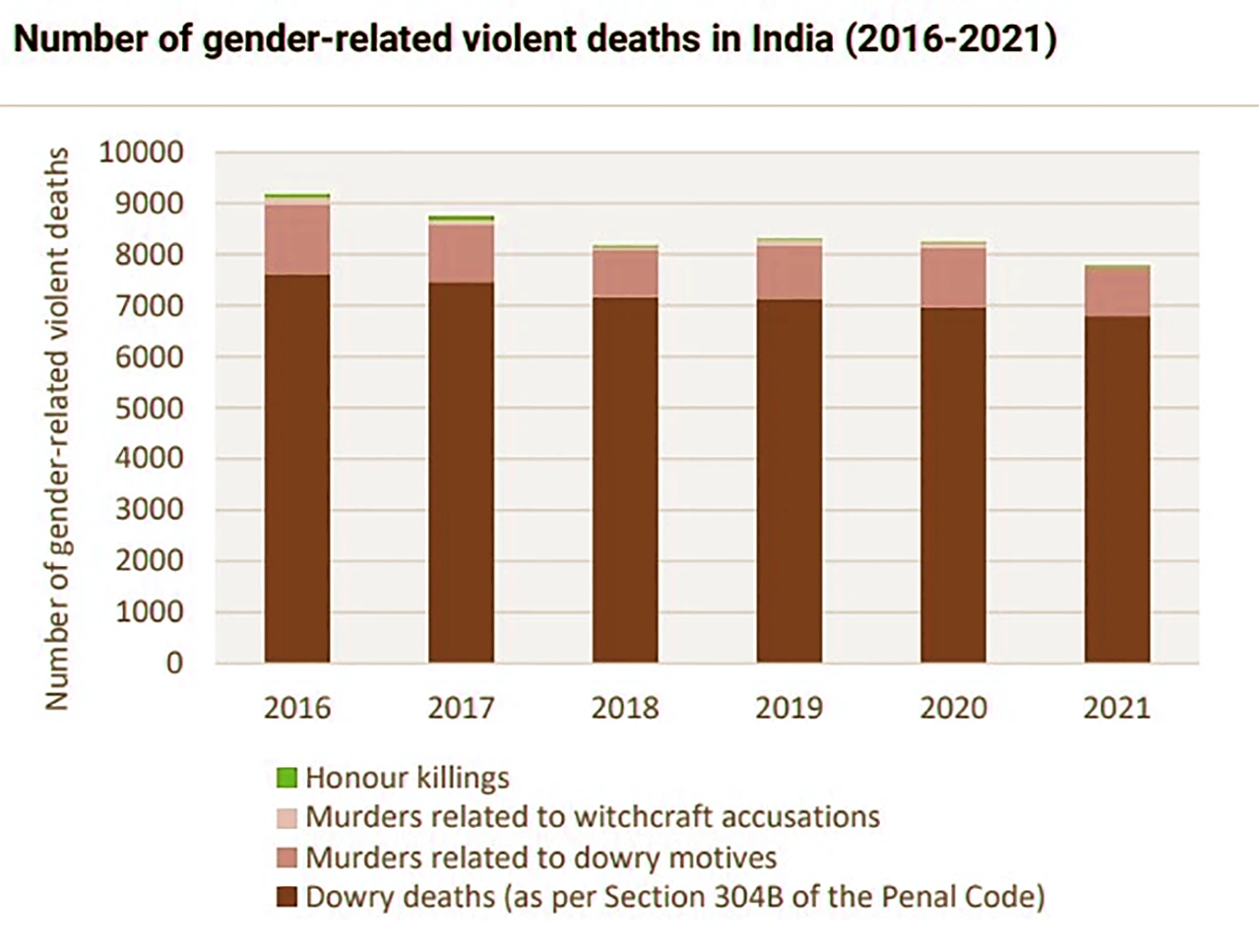
About National Crime Records Bureau (NCRB):
|
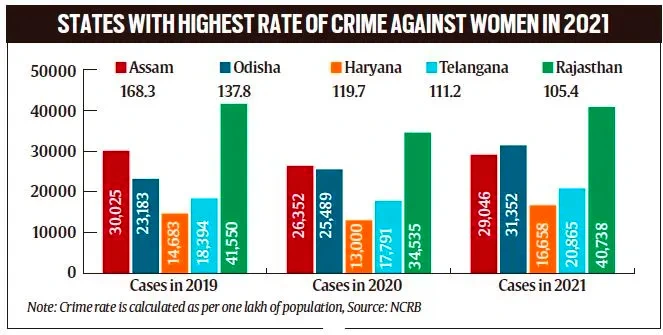
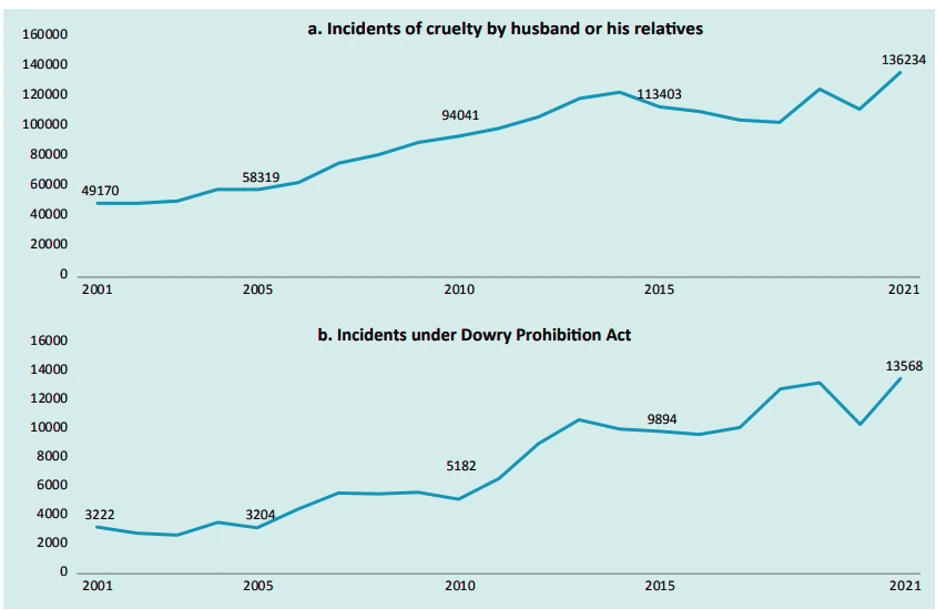
Respect Women: Comprehensive framework to address gender based violence: It is a comprehensive framework by the UN to address gender based violence against women and girls, Respect Women. It entails the adoption of more than one of the seven strategies, which should not be regarded as silos.
|
Statutory Provisions related to women in India:
Government Initiatives to check violence Against Women:
|
Way forward:
Addressing the alarming surge in gender related killings of women and girls demands a multifaceted approach, combining legal reforms, societal awareness, and comprehensive support systems, with an urgent need for global collaboration to dismantle the deeply rooted structures perpetuating such violence.
Context: In 2022, global patent filling reached new heights, driven by the innovators from India and China propelled by high levels of innovation, entrepreneurship, and digitalization. Indian patent filings grew by 31.6 per cent in 2022, said WIPO in its annual World Intellectual Property Indicators (WIPI) report.
What is the status of Indian patent filings according to the WIPI report?

What is the Indian Patent Regime?

Some of the Salient Features of the Indian Patent Act of 1970
|
|---|
|
Chinese Patent Experience
|
|---|
Why is there a high rate of patent filings in India?
What challenges are associated with patent filing in India?

|
Government Activities Under the National Intellectual Property Right Policy
|
|---|
Way Forward:
Conclusion
In conclusion, the surge in Indian patent filings signifies a robust culture of innovation fueled by government support, emerging technologies, and a dynamic startup ecosystem.
| Prelims Question (2019)
Consider the following statements: 1. According to the Indian Patents Act, a biological process to create a seed can be patented in India. 2. In India, there is no Intellectual Property Appellate Board. 3. Plant varieties are not eligible in the patented in India. Which of the statements given above is/are correct? (a) 1 and 3 only (b) 2 and 3 only (c) 3 only (d) 1, 2 and 3 Ans: (c) |
|---|
| Mains Question (2014): In a globalized world, Intellectual Property Rights assume significance and are a source of litigation. Broadly distinguish between the terms—Copyrights, Patents and Trade Secrets. |
|---|
SC Verdict on Newsclick Shows Adherence to Due Pro...
Stay Invested: On Chabahar and India-Iran Relation...
Credit Rating Agencies, Impact on India’s De...
Catapulting Indian Biopharma Industry
Globalisation Under Threat, US Import Tariffs Have...
Global Report on Hypertension, Global Insights and...
<div class="new-fform">
</div>
